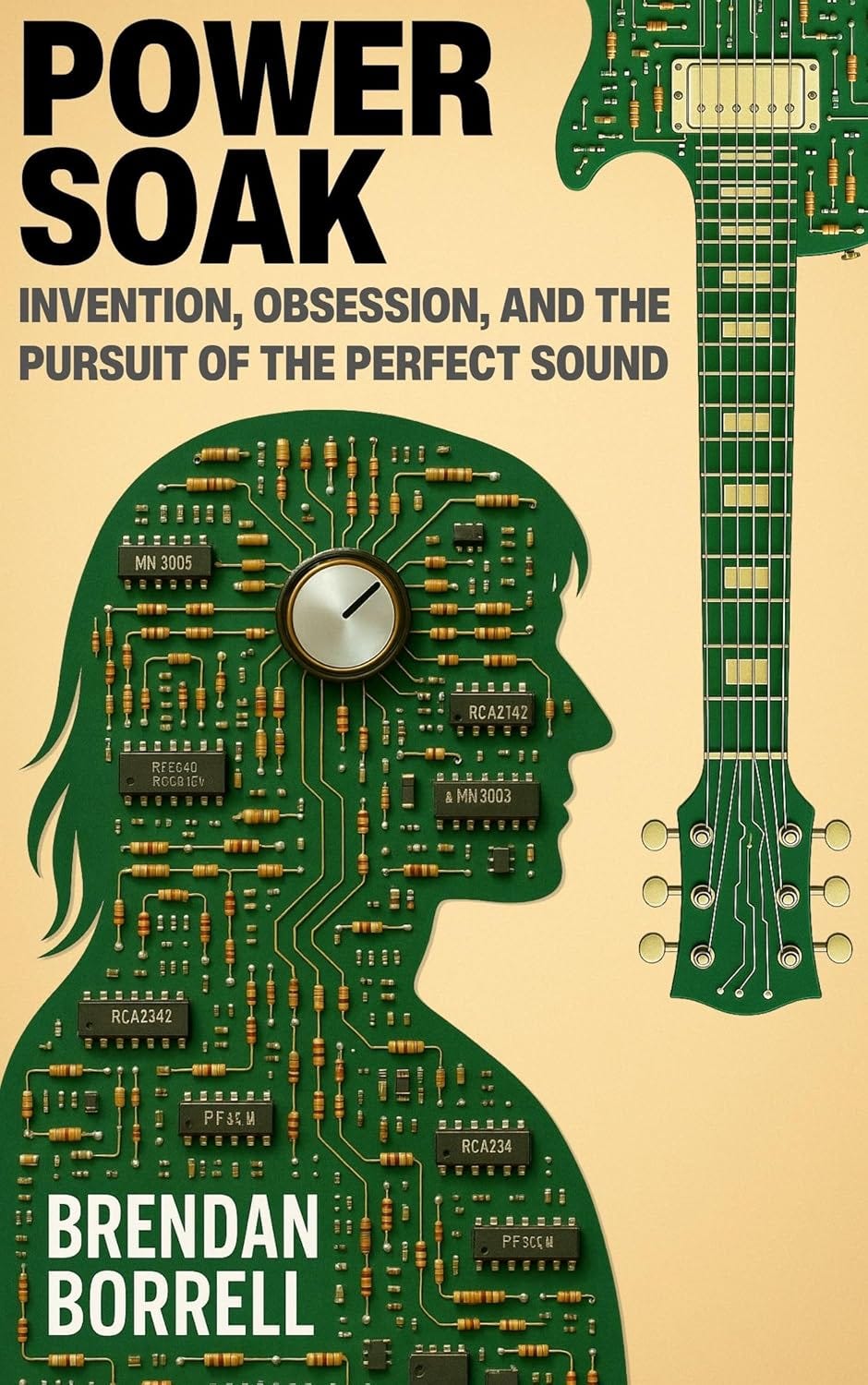By Walt Hickey
We don’t really do gift guides around here, but it is a week until Christmas so down below I’ve linked a few unlocked Sunday interviews with people who made a book or game that could be delivered in less than a week that may very well be something you’re looking for! It’s been a great year with some excellent conversations.
Oscars
ABC has lost the right to broadcast the Academy Awards to YouTube, which swooped in and made a deal to broadcast the Oscars for five years from 2029 to 2033. It’s a big poach for YouTube, which has seen significant success in live entertainment, and a step back for ABC, which has broadcast the ceremony since 1976. The Oscars ceremony generates $150 million per year in revenue for the Academy, and it’s not yet clear what YouTube will pay. But the writing was on the wall that ABC wanted to meddle with the ceremony and reduce its obligations to continue ahead. YouTube parent Alphabet will also aid in digitizing the 52 million items in the Academy Collection. In some ways, this is a perfect fit: the Academy essentially produces a single in-depth four-hour video once per year, which means that they’ll fit in perfectly with your standard film YouTube video essayist. Stash the Governors Awards and the Hersholt Humanitarian ceremonies on a Patreon, and they’ll fit right in. Mark my words, in five years, they’ll just start releasing all their new stuff on Nebula anyway.
Scott Feinberg and Alex Weprin, The Hollywood Reporter
Good a time as any to plug the Numlock Award Season Supplment, our long-running pop-up newsletter for Oscar season.
Holiday
We’re coming up on some time off, with the Christmas and New Year’s Day holidays considered to be federal holidays in many countries. That said, it’s not all of the countries. In fact, those days are not ones that most people have off worldwide. There are 5.5 billion people who live in a country where December 25 is a public holiday, and 4.3 billion people who live in a country where January 1 is. There are a number of other holidays where lots of the world (3 billion or more) get off, including Good Friday, Eid al-Fitr, Eid al-Adha and the Prophet’s Birthday. There are also a few countries large enough that their regional celebrations make a noticeable dent, such as October 2 in India or the Lunar New Year in many East Asian countries. However, one day beats all of them. That would be May 1, which is Labor Day for 5.8 billion people. It is by far the biggest day off around the world, even if Canada and the U.S. celebrate it in September, and the U.K. just forgoes it entirely. After all, if they celebrated Labor Day, they would regrettably not have enough days to celebrate the monarchy.
Kia Boys
Kia and Hyundai have agreed to retrofit millions of cars with new zinc-reinforced ignition cylinder protections after videos describing how to steal cars without push-button ignitions or anti-theft devices went viral and led to a rash of car thefts. Hyundai will offer the hardware update to 4 million vehicles, and Kia will offer it to 3.1 million cars. The automakers also agreed to equip all new cars with the engine immobilizer anti-theft tech. The cost of installing ignition cylinder protections on all the eligible vehicles could exceed $500 million.
Tourism
Japan and China are in a diplomatic tiff, and that could spell problems for Japan’s bustling tourism industry. Last month, 562,000 Chinese travelers visited Japan, up three percent compared to last year, but that is the slowest growth rate seen in four years. Chinese arrivals in Japan were up 40.7 percent during the first 10 months of the year, and in the first 11 months of the year accounted for 22 percent of the 39 million foreign arrivals. On November 14, China issued a travel advisory for citizens telling them to avoid Japan, which coincided with Japan’s prime minister suggesting that Japan could deploy military forces in the event of a conflict with Taiwan. Chinese visitors were responsible for a fifth of the US$51.9 billion Japan made from tourism, and the estimated losses of the travel restrictions range from an estimated US$3.2 billion (500 billion yen) on the low end to $7.7 billion (1.2 trillion yen) on the high end.
Kestrals
A new study dives even deeper into the benefits of keeping a few raptors around the compound, if only for security reasons. Specifically, a 2018 study found that cherry farmers who installed nest boxes for kestrals (a bird species that hunts cherry-consuming birds like robins or grackles) got a major return on their investment, averting the loss of $357 worth of cherries for every $1 they spent installing the boxes. A new study advanced that research further, and found that orchards with occupied nest boxes also have less damaged cherries and less bird poop around, which is good because some pathogens in bird poop can give people food poisoning. There are other benefits to keeping birds of prey around orchards; owl nest boxes have been installed by the thousands to rein in rodents, which means a decrease in the use of rodenticides.
Titan
Research published in Nature argues that the initial interpretation of data from NASA’s Cassini mission to Saturn’s moon Titan got it wrong. The thrust of that analysis was that the moon was frozen, but had an ocean of water underneath an ice shell that was tens of kilometers thick. That conclusion was derived from a radio science experiment, measuring gravitational changes that indicated an exaggerated tide beneath the icy shell. Now, new analysis suggests that Titan may have had a liquid ocean, but it is now frozen. The energy balance is simply off if there is indeed an ocean. Titan dissipates four terawatts of energy into its surroundings. In the case of an ocean, the frictional heat generated by its flexing would keep the oceans warm and liquid, eventually making its orbit more of a circle.
Oklo
Oklo, one of the companies aiming to generate nuclear power from smaller modular reactors, is angling to get its hands on some of the plutonium that the federal government is making available to reactor companies (20 metric tons!). Low-enriched uranium is used in the traditional light water reactors and only transforms about five percent of its material into fissionable isotopes, in no small part because those 94 commercial reactors use water as a coolant. Oklo wants to make “fast reactors” — far from a new idea; it was developed in the 20th century — using liquid sodium metal as a coolant, which allows reactors to operate at much higher temperatures. Plutonium could also work in that kind of fast reactor, and the U.S. has lots of it leftover from the Cold War that was just going to be buried in the desert anyway. That plutonium could produce enough fuel to generate 2.5 gigawatts of electricity, good to power 2.5 million American households.
Alexander C. Kaufman, Sherwood News
Here’s a bunch of people I interviewed this year with books and games that might make a great gift:
Games & Fiction
Person Do Thing, a party game from Uri Bram [interview]
Romeo vs. Juliet: A Kill Shakespeare Adventure by Anthony Del Col [interview]
Science & History
Sleep Groove: Why Your Body’s Clock Is So Messed Up and What To Do About It by Olivia Walch [interview]
The Rise and Fall of the Dinosaurs by Steve Brusatte [interview]
Me, But Better: The Science and Promise of Personality Change by Olga Khazan [interview]
Ghosted: A History of Ghost Hunting, and Why We Keep Looking by Alice Vernon [interview]
99% Perspiration: A New Working History of the American Way of Life by Adam Chandler [interview]
Pop Culture
The Year of the Ring by Susana Polo [interview]
Uncharted Territory: What Numbers Tell Us about the Biggest Hit Songs and Ourselves by Chris Dalla Riva [interview]
We Tell Ourselves Stories: Joan Didion and the American Dream Machine by Alissa Wilkinson [interview]
Such Great Heights: The Complete Cultural History of the Indie Rock Explosion by Chris DeVille [interview]
1999: The Year Low Culture Conquered America and Kickstarted Our Bizarre Times by Ross Benes [interview]
What a list! To get a cool interview in your inbox every Sunday, consider becoming a paid subscriber:
Send links to me on Twitter at @WaltHickey or email me with numbers, tips or feedback at walt@numlock.news. Send corrections or typos to the copy desk at copy@numlock.news.
My book, You Are What You Watch: How Movies and TV Affect Everything, is available wherever books are sold.
Check out the Numlock Book Club and Numlock award season supplement.










